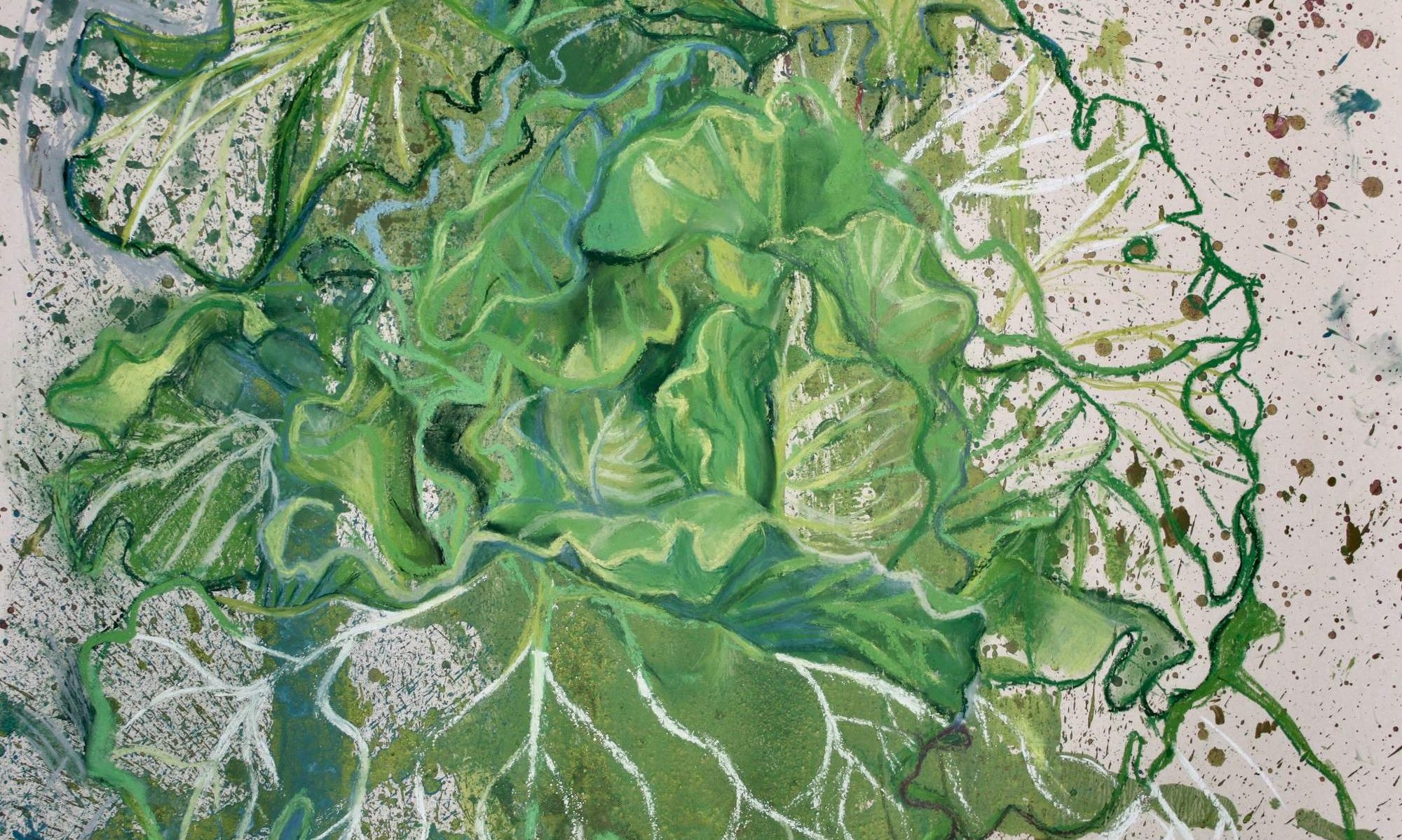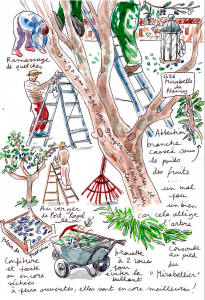Do you remember, during summer holidays in the countryside, coming back from the orchard, with a half-full basket of plums now, in your hand, and your mouth full of the other half? Yellow, golden, red-pigmented yellow, yellow with a hint of green, or blue with a hint of violet, the range of plum colors is very subtle.
Since ancient times, gourmets of all ages, as here in the orchard of the Port-Royal des Champs’s Abbey, have climbed the branches of plum trees to pick their fruit, taking care to avoid falling, which could be fatal for both the climbers and the plums. As picked from the ground, the plums will no longer stay eatable, and will have to be consumed the same day.
But we often forget that plums have traveled a long way before arriving in our French orchards. Some come from the Caucasus, Northern Persia called the Balkans. As for the “prune” or “pruneau ” in French, it first appeared in the Middle Ages. It was brought back by the Crusaders in 1148. After a real defeat in front of the city of Damascus, where many plum trees grew. The crusaders returned with these fruits, unknown at the time. Having failed to deliver the grave of Christ, they introduced the purple plum to Europe, named the Damascus plum or “quetche” in France. The story goes on, that they fought for years only for the plums!

